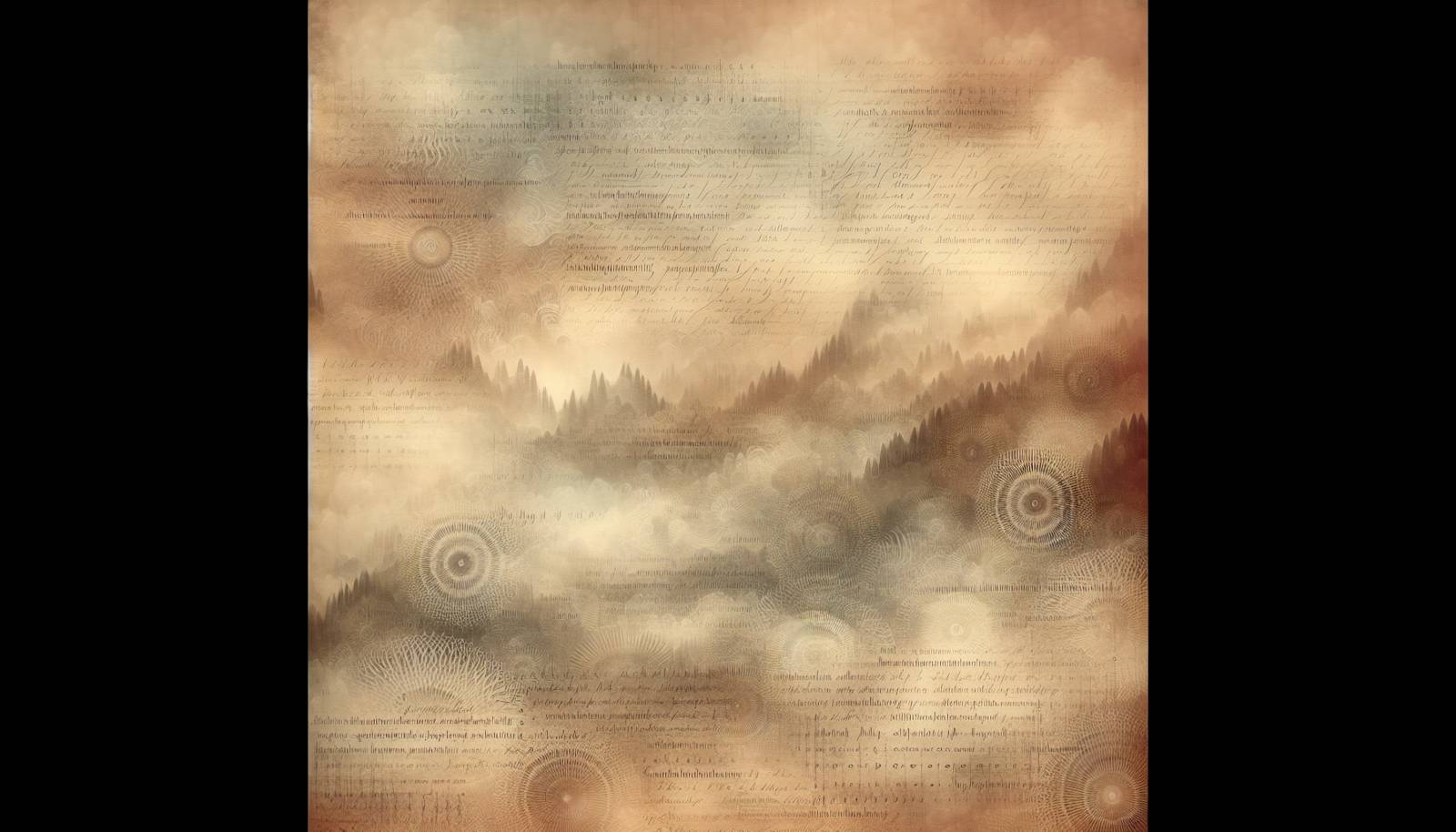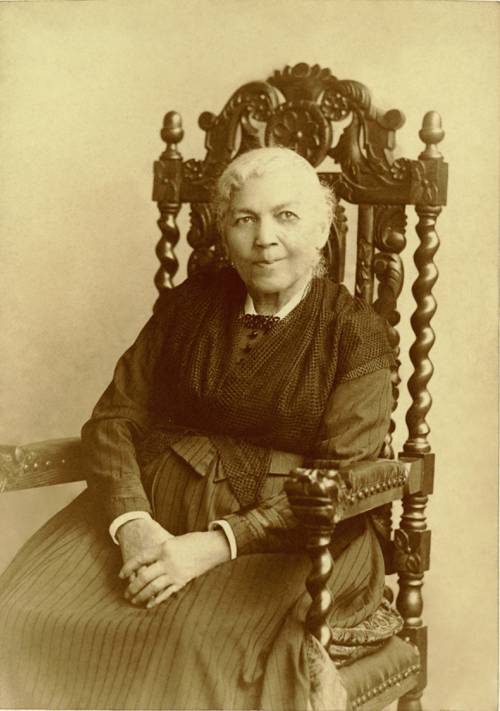
FAQ About Harriet Ann Jacobs

Who was Harriet Ann Jacobs?
Harriet Ann Jacobs was an American writer and abolitionist known for her autobiography, Incidents in the Life of a Slave Girl. Born into slavery in 1813 in Edenton, North Carolina, she escaped to freedom and became an influential advocate for the abolition of slavery. Her literary work provides a deeply personal account of the hardships faced by enslaved women, shedding light on the sexual exploitation and psychological turmoil they endured.

What is 'Incidents in the Life of a Slave Girl' about?
Incidents in the Life of a Slave Girl is an autobiography by Harriet Ann Jacobs. The book vividly recounts her life under slavery, including her struggles with sexual harassment, her efforts to protect her children, and her eventual escape to freedom. It highlights the unique challenges faced by enslaved women, particularly issues related to sexual abuse and motherhood.

Why is 'Incidents in the Life of a Slave Girl' significant?
'Incidents in the Life of a Slave Girl' is significant because it offers a rare first-person account of slavery from a female perspective. The narrative provides insight into the gender-specific abuses women faced and highlights the agency enslaved women exercised, despite their circumstances. It is considered a pivotal work in both African American literature and women's literature, offering a perspective that was often overlooked at the time.

How did Harriet Jacobs escape slavery?
Harriet Jacobs escaped slavery by hiding in a tiny attic crawl space in her grandmother's house for seven years. Eventually, she fled to the North by boat, where she was able to live as a free woman. Her escape is a testament to her resilience and determination to gain freedom not only for herself but also for her children.

What challenges did Harriet Ann Jacobs face as a woman in slavery?
As a woman in slavery, Harriet Ann Jacobs faced numerous challenges including sexual harassment and abuse from her owner, Dr. James Norcom. She also endured the fear of her children being sold away from her. These challenges compounded the already harsh realities of slavery, as women like Jacobs had to navigate both racial and gender-based oppression.

Was 'Incidents in the Life of a Slave Girl' published under Harriet Jacobs' name originally?
No, Incidents in the Life of a Slave Girl was originally published in 1861 under the pseudonym Linda Brent. This fictitious name was used to protect Jacobs' identity and to highlight the universality of the issues faced by enslaved women. It wasn't until many years later that Jacobs was revealed as the true author.

How did Harriet Jacobs' background influence her work?
Harriet Jacobs' experiences as an enslaved woman deeply influenced her work, providing her with firsthand insight into the brutality of slavery and the unique struggles of enslaved women. Her writing was not only a personal account but also a clarion call for the abolition of slavery, informed by her lived experiences and her strong desire for freedom and justice.

What impact did 'Incidents in the Life of a Slave Girl' have on the abolitionist movement?
'Incidents in the Life of a Slave Girl' played a significant role in the abolitionist movement by providing a compelling, personal account of the horrors of slavery, particularly highlighting the plight of enslaved women. The detailed depiction of her struggles helped to evoke empathy and support for abolition among Northern readers who might not have fully grasped the cruelty of slavery otherwise.

Where and when was Harriet Ann Jacobs born?
Harriet Ann Jacobs was born in 1813 in Edenton, North Carolina. Her birthplace was significant as it was in the Southern United States, where slavery was deeply entrenched and influenced the course of her early life and struggles for freedom.

What was Harriet Jacobs' life like after escaping slavery?
After escaping slavery, Harriet Jacobs lived in constant fear of being captured under the Fugitive Slave Law. Despite these challenges, she was able to establish a life in the North, working as a nursemaid and later becoming involved with the abolitionist movement. Her eventual freedom allowed her to reunite with her children and publish her autobiography to aid in the fight against slavery.

How did Harriet Jacobs contribute to literature and society apart from her autobiography?
Besides her autobiography, Harriet Jacobs contributed to literature and society by participating actively in the abolitionist movement. She worked with prominent figures such as Frederick Douglass and used her voice to advocate for the rights of African Americans and women. Jacobs also engaged in humanitarian work, helping escaped slaves and working to improve the living conditions of freed people after the Civil War.

Did Harriet Jacobs write any other works besides her autobiography?
Although Harriet Jacobs is best known for her autobiography, she also wrote a few letters and other pieces that contributed to the abolitionist discourse. However, Incidents in the Life of a Slave Girl remains her most significant and widely recognized work.

What role did Harriet's grandmother play in her life and escape?
Harriet Jacobs' grandmother, Molly Horniblow, played a crucial role in her life and escape. She provided shelter and support when Jacobs hid in her attic for seven years. Her grandmother's unwavering support was vital in Jacobs' journey to freedom, and she often represented a beacon of hope and resilience in Jacobs' narrative.

How is Harriet Jacobs commemorated today?
Today, Harriet Jacobs is commemorated as a key figure in both African American history and women's history. Her autobiography is widely studied in literature and history courses, and her life story continues to inspire discussions on race, gender, and the fight for freedom. Organizations and educational programs often highlight her contributions during Black History Month and Women's History Month.

How did Harriet Jacobs' narrative differ from other slave narratives of the time?
Harriet Jacobs' narrative differed from other slave narratives as it specifically focused on the experiences and ordeals of enslaved women, including issues such as sexual abuse and motherhood. While many slave narratives primarily emphasized the injustice and brutality of slavery in general, Jacobs detailed the gender-specific challenges faced by women, giving her work a unique and important place in antebellum literature.

What challenges did Harriet face in publishing her autobiography?
Harriet Jacobs faced significant challenges in publishing her autobiography. During the 19th century, it was difficult for women, especially African American women, to find publishers willing to publish their work. Additionally, Jacobs faced skepticism regarding the authenticity of her narrative due to societal biases against narratives authored by former slaves. Despite these hurdles, she persevered, and her work was eventually published with the help of abolitionist friends.

Did Harriet Jacobs ever reunite with her children?
Yes, Harriet Jacobs was eventually reunited with her children, Joseph and Louisa. After escaping to the North, she worked tirelessly to ensure they were safe and free from slavery. The reunion with her children was one of her life's greatest triumphs and underscored her determination and love as a mother.

In what ways did Harriet Jacobs advocate for women's rights?
Harriet Jacobs advocated for women's rights by highlighting the specific oppressions faced by enslaved women, which were often overlooked by mainstream abolitionist and feminist movements. Through her writing and activism, she emphasized the intersectionality of race and gender and worked to bring attention to the unique struggles of women of color in the United States.

What is a common misconception about Harriet Jacobs' life story?
A common misconception about Harriet Jacobs' life story is that it is purely fictional. Because her autobiography was initially published under a pseudonym, some contemporary readers doubted its authenticity. However, extensive research and historical documentation have since confirmed the factual basis of her story, validating her narrative as a true account of her experiences under slavery.

Are there any films or adaptations based on Harriet Jacobs' life?
While there has not been a widely released feature film solely dedicated to Harriet Jacobs' life, her story has been included in various documentaries and educational programs that explore the history of slavery and the civil rights movement. Her autobiography continues to be an important source for understanding the complexities of slavery from a woman's perspective, informing various scholarly works and adaptations.
